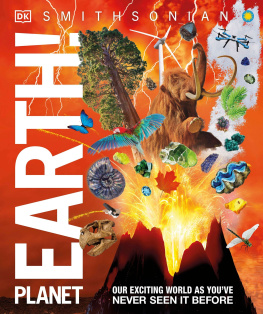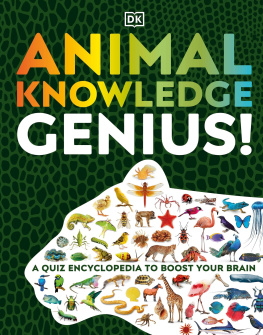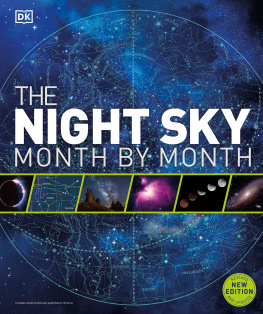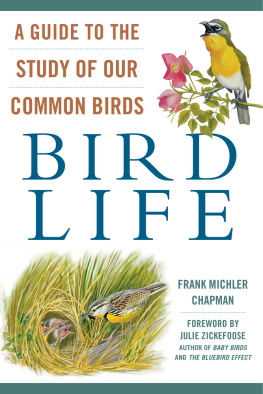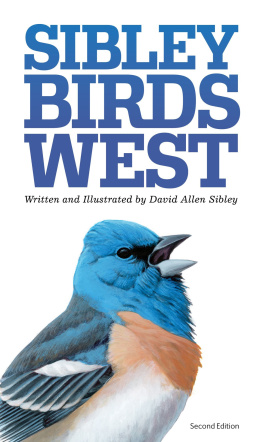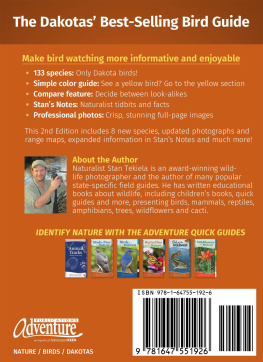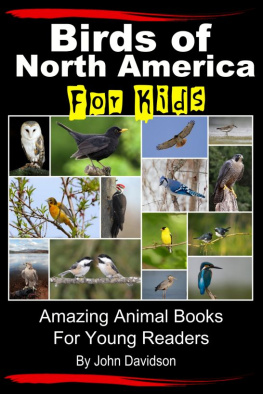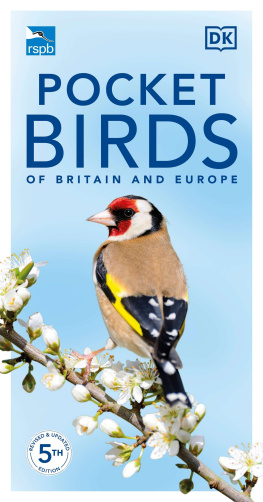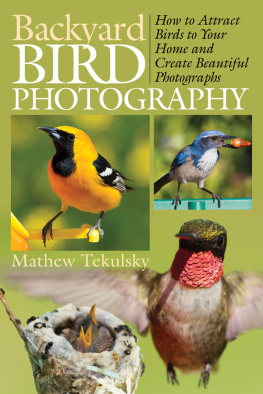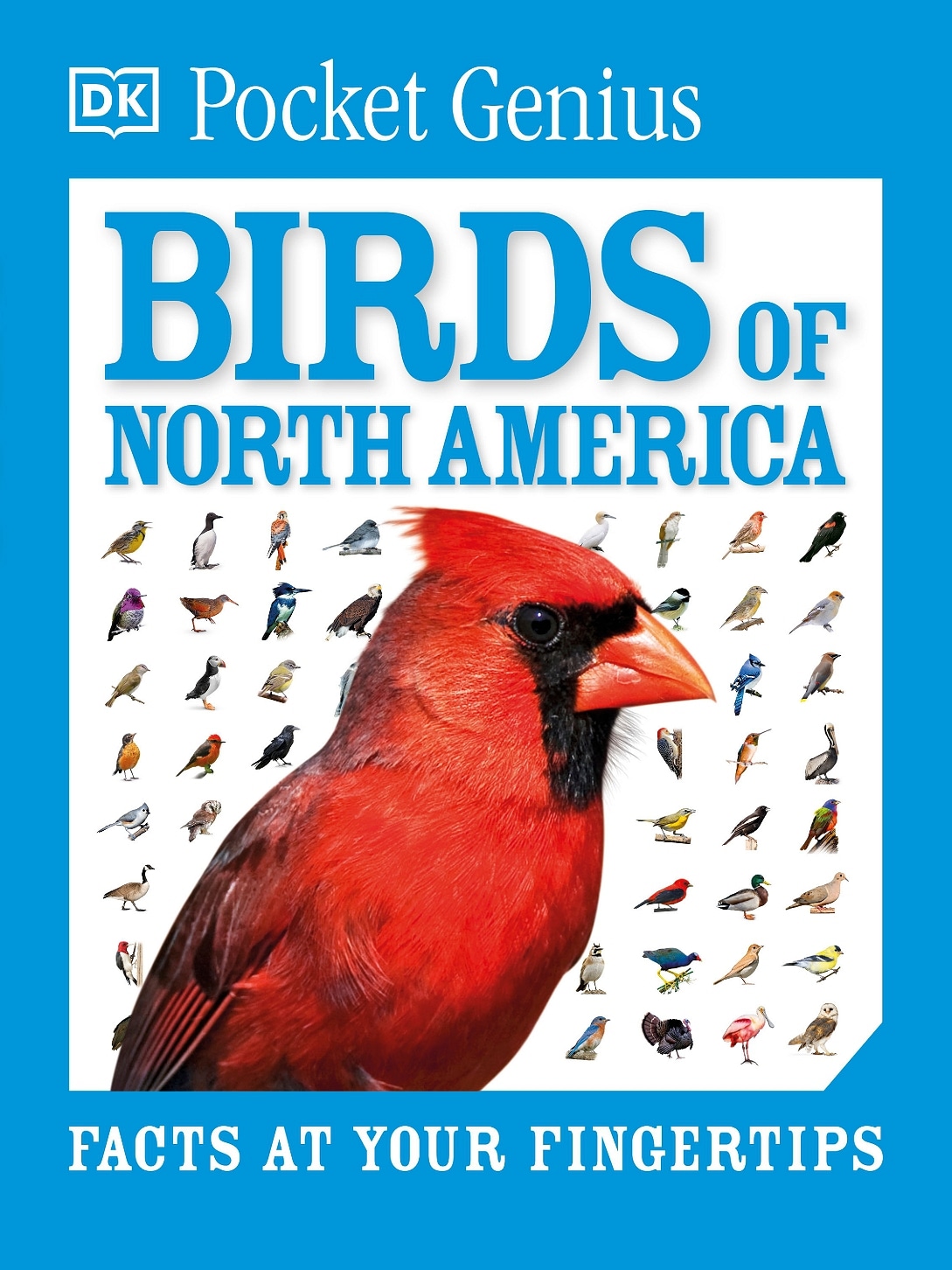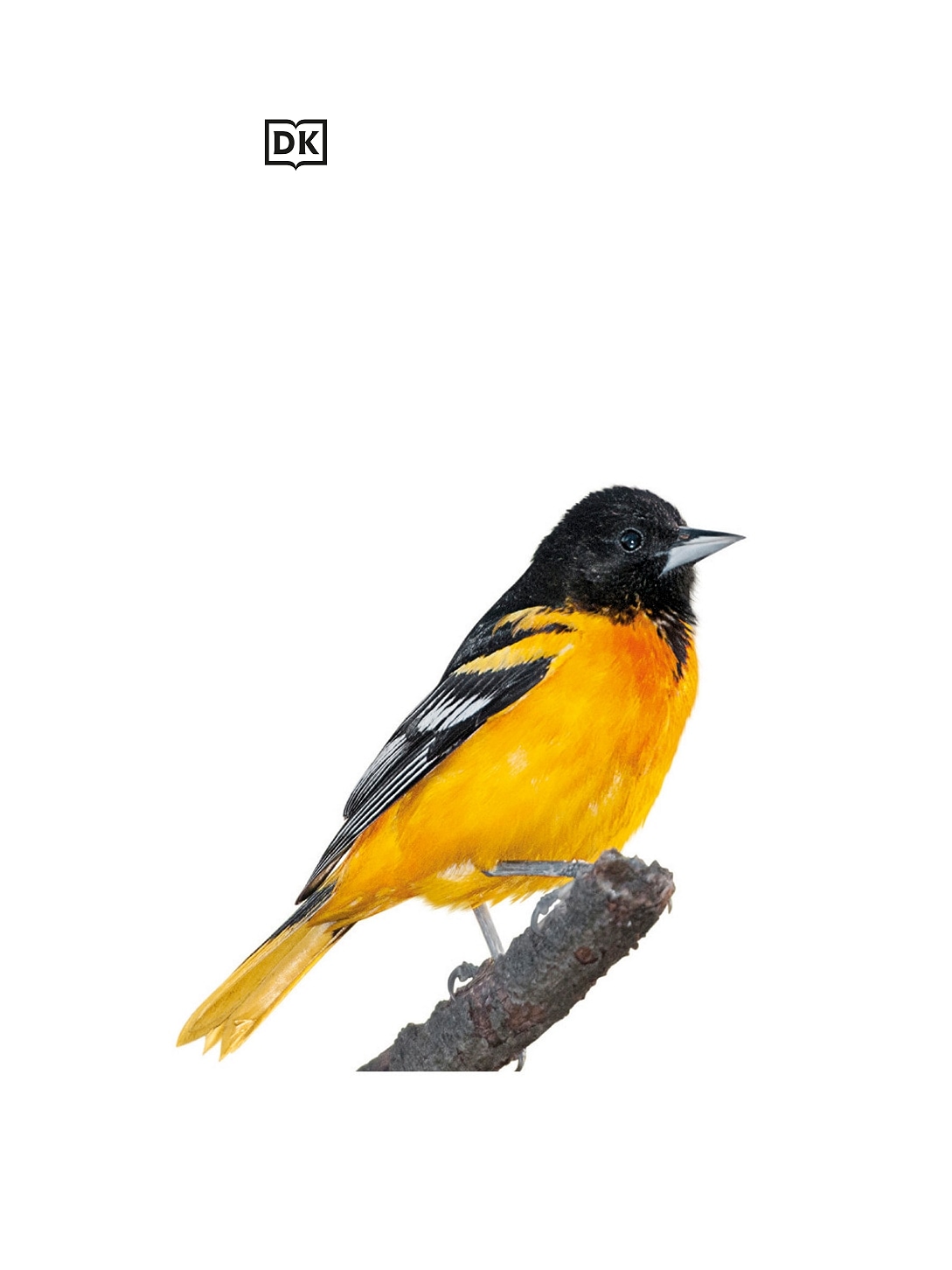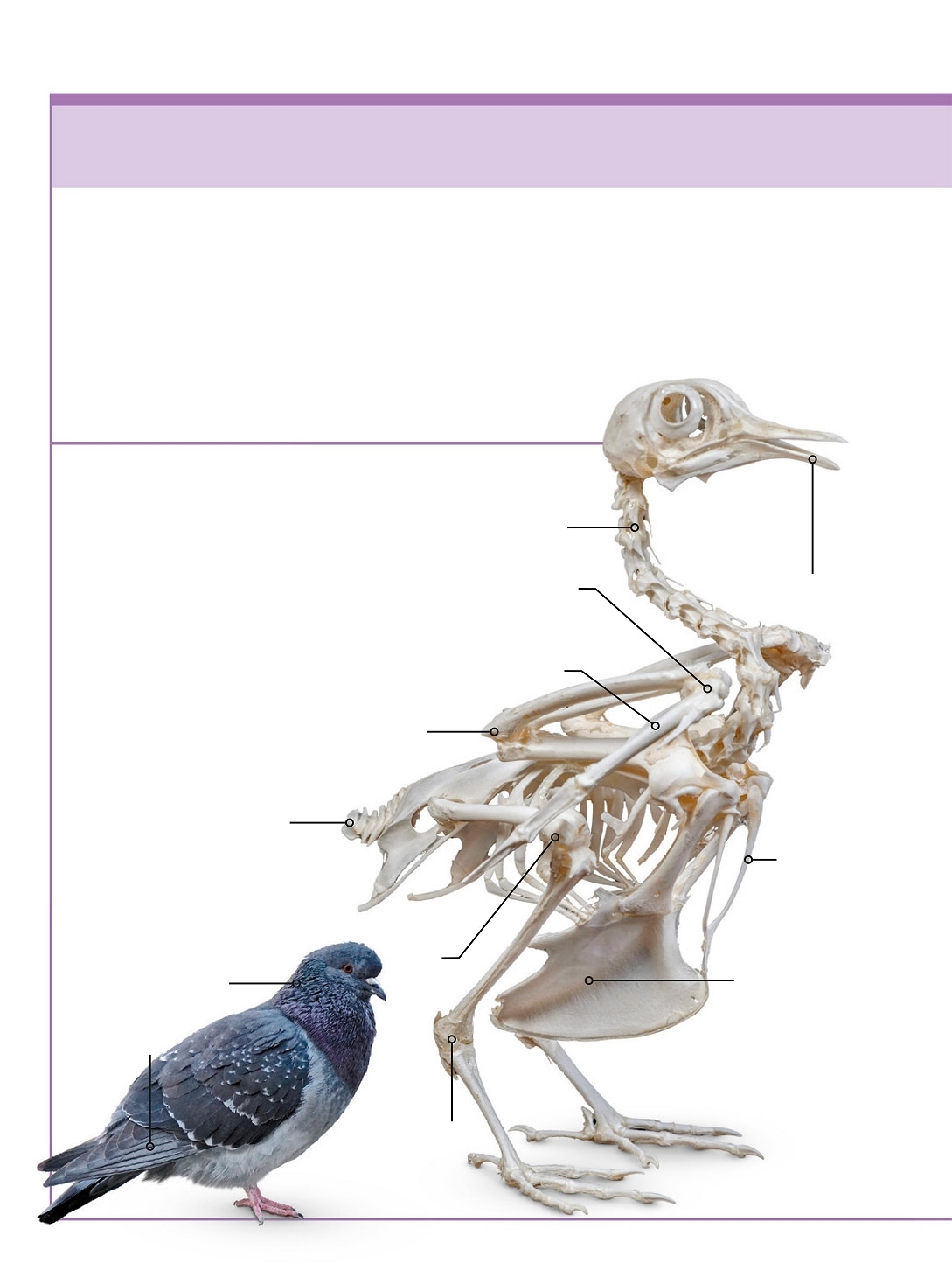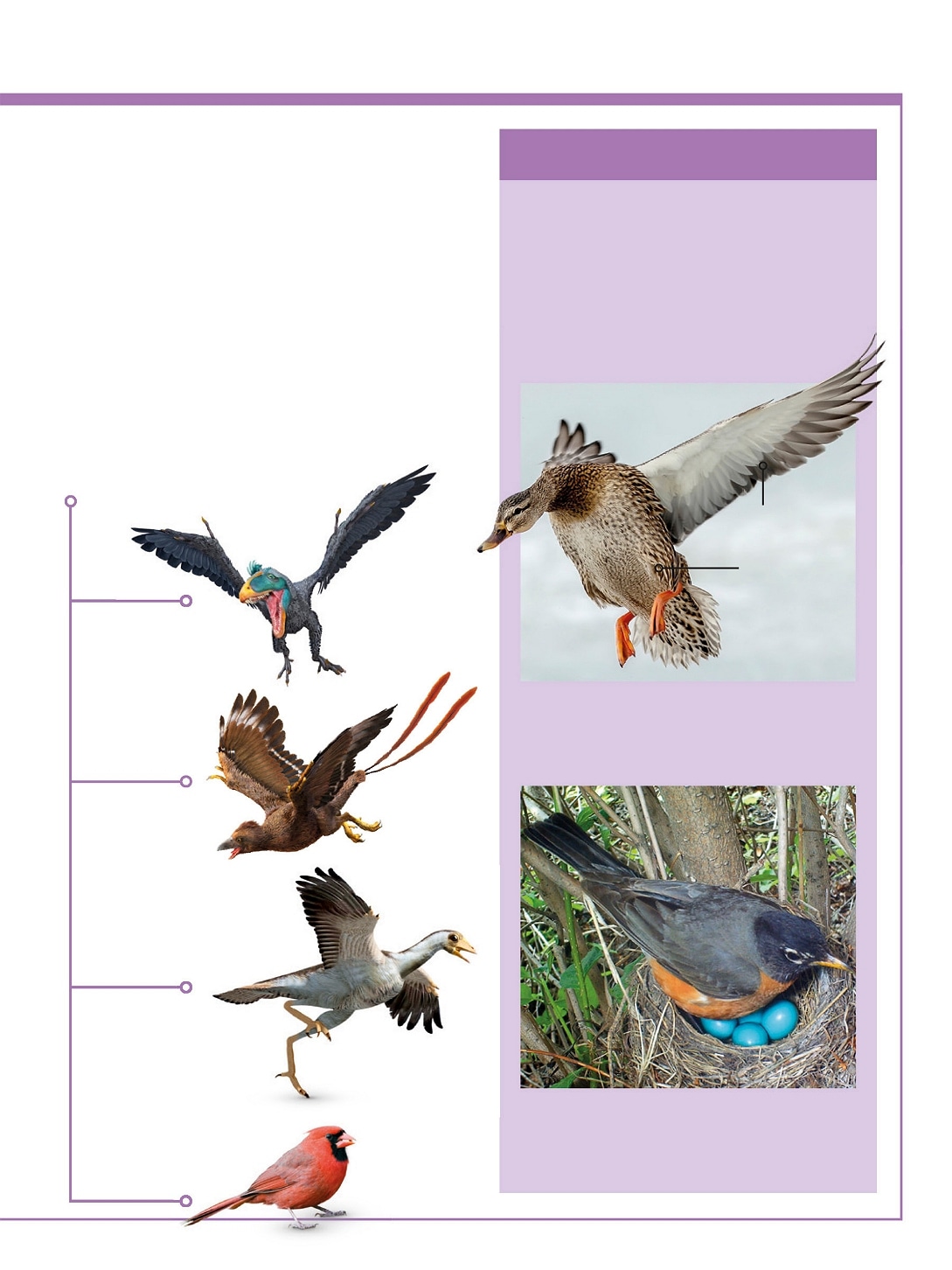FAC TS AT Y OU R FI NGE RT IPS
BIRDS
OF NORT H AMERI CA Poc ket Genius
Due to the complex integration of im ages and text, t his DK eBook has been formatted to retain the design of the print edition. As a result, all elements ar e xe d in place, but can easily be enlar ged by using the pinch-to-zoom function. For previewing r otated pages or spr eads, please lock screen r otation in yo ur device r st. If you are previewing this eBook on a mobile phone, portr ait mode is r ecomme nded. If previewin g on a tablet or larger displa y, landscape mode will allow you to see facing pages at the same time (two page view). About this eBook

Senior Art Editor Shreya Anand Project Editor Kathakali Banerjee Project Art Editor Mansi Agrawal Editorial team Arpit Aggarwal, Deeksha Micek Art Editors Sifat Fatima, Aparajita Sen US Editor Jill Hamilton Assistant Picture Researc her Mayank Choudhary Managing Editor Kingshuk Ghoshal Managing Art Editor Govind Mittal DTP Designers Vijay Kandwal, Rakesh Kumar Production Editor Shanker Prasad Senior Production Contr oller Jude Crozier Jacket Designer Vidushi Chaudhry Jacket Design Development Manager Sophia MTT Publisher Andrew Macintyre Associate Publishing Director Liz Wheeler Art Director Karen Self Publishing Director Jonathan Metcalf Author Derek Harvey Consultant Stephen W . Kr ess First American Edition, 2022 Published in the United States by DK Publishing 1745 Br oadway , 20th Floor , New Y ork, NY 10019 Copyright 2022 Dorling Kindersley Limited DK, a Division of Penguin Random House LLC 22 23 24 25 26 10 9 8 7 6 5 4 3 2 1 001328714Aug/2022 All rights reserved. Without limiting the rights under the copyright reserved above, no part of this publication may be reprodu ced, stored in or intr oduced into a r etrieval system, or transmitted, in any form, or by any means (electronic, mechanical, photocopying, recordi ng, or otherwise), without the prior written permission of the copyright owner . Published in Great Britain by Dorling Kindersley Limited A catalog recor d for this book is available from the Library of Congr ess. ISBN: 978-0-7440-5808-6 DK books are available at special discounts when purchased in bulk for sales pr omotions, pre miums, fund-raising, or educational use. For details, contact: DK Publishing Special Markets, 1745 Br oadway , 20th Floor , New Y ork, NY 10019 SpecialSales@dk.com Printed and bound in Latvia For t he cur io us www.dk.com Scales and sizes This book contains proles of birds with scale drawings to show their size. 6 ft (1.8 m) Summer range Winter range Seen on migration Lives all year round Mountains Broadleaf and mixed forests Coniferous forests Open habitats Deserts Freshwater bodies Wetland s Mangrove swamps Coastal areas Seas and oceans Tun dra and polar regions Human habitats 6.3 in (16 cm) Map Each bird pro le includes a map showing the range of the species in the US and Canada. The colors denote seasonal movements. Habitats The main habitats for each bird prole are shown as symbols. Find out more about them on pp.1415. Endangered bird s This label indicates that the bird is in danger of dying out, as per IUCN. Find out about the Red List on p.16. This book was made with Forest Stewardship Council certied paper one small step in DK s commitment to a sustainable future. For more information go to www. dk.com/our- green-pledge ENDANGERED

CONTENTS FOWL, PIGEONS, and RELA TIVES SEABIRDS, HERONS, and RELA TIVES 1 04 P AS SERINES KINGFISHERS, WOODPECKERS, and FA LCONS 1 TROPICAL BIRDS VUL T URES, HAWKS, EAGLES, and OWLS CUCKOOS, NIGHTJARS, SWIFTS, and HUMMINGBIRDS RAILS, SHOREBIRDS, and RELA TIVES What is a bird? Ty pes of birds Body and ight 1 Birdwatching 1 Raising a family 1 Where bird s live 1 Birds under thr eat 1 Helping birds 2 Water fowl 2 Land fowl 3 Grebes 3 Pigeons and doves Loons Albatrosses, petr els, and shearwaters Frigatebirds, gannets, and cormorants Storks and pelicans Bitterns, herons, egrets, and ibises Ty rants 1 V ireos and shrikes Crows, jays, and magpies 1 Tits, larks, and swallows American vultures and osprey 8 K ites, eagles, hawks, and harriers Owls Kingshers and woodpeckers Caracaras and falcons Tro pical waterbirds 1 T ro pical land birds F ascinating facts M ore about bird s G lossary I ndex A cknowledgments 3 Cuckoos 3 Nightjars and swifts 4 Hummingbirds 4 Rails and relatives 4 Limpkin and cranes 5 Stilts, o ystercatchers , and plovers 5 Sandpipers and relatives 5 S kuas and auks 6 G ulls 6 Te rns and skimmers 1 Kinglets, waxwings, and relatives Nuthatches, wrens, and relatives Mockingbirds, thrashers, and dippers 1 Bluebir ds, thrushes, and pipits 1 F inches and relatives Longspurs, buntings, and sparrows 1 B lackbirds and relatives 1 Woo d warblers Cardinals and tanagers Sex symbols No symbol used if the male and female of a species look alike Female Male
| BIRDS OF NORTH AMERICA What is a bird? Feathers make birds unmistakable: no other kind of living thing has them. But these vertebrates (animals with a backbone) do share some featur es with other animals. They ar e warm- blooded, like mammals, but lay eggs, like most reptiles. And the fact that they walk upright on two scaly , clawed feet is a reminder of their dinosaur ancestors. Bony skeleton Many features of a bir ds skeleton are r elated to the fact that most can y . Their hollow bones are lightweight, their arm bones are used as wings, and a larg e breast bone carries muscles for apping the wings. Rock pigeon Knee joint Wing s elbow Neck Ankle joint Flight feathers T ail bones fused into a bony stump Deep keel on breastbone is attachment point for the ight muscles. Wishbone helps lift wings. Skeleton of a rock pigeon Feathers hide the neck bend. Bony , toothless bill Hand bones joined together Wrist
WHA T IS A BIRD? | Living dinosaurs Birds evolved fr om two-legged predatory dinosaurs called theropods, a gr oup that included the non-ying V elociraptor . Some of these theropods had feathers. Archaeopteryx was an early bird. Over time, birds acquir ed a toothless bill and lost the claws on their hands. Bird feature s The feathers of birds evolved from the scales of their r eptile ancestors. Their eggs have hard, brittle shellsin contrast to the leathery-shelled eggs laid by most reptiles. Theropods Archaeopteryx Confuciusornis Iberomesornis Modern birds Warm- blooded birds must sit on their eggs, usually in a nest, to incubate them (keep the eggs warm until they hatch). Feathers help trap body warmth, shed water , give birds their color , and form their stiff ight feathers. Down feathers trap heat. Flight feathers

| BIRDS OF NORTH AMERICA Ty pes of birds There are more than 10,000 species of bir ds in the world today and about 3,000 of them are found in North America. Scientists classify bir ds that ar e r elated into groups called or ders. Each or der is then split into smaller groups, called families, that contain species that are mor e closely r elated. Bird orde rs The basic groups, or or ders, separate birds with the most distinct body shapes and lifestylessuch as waterfowl with their ducklike bills and owls with their big, forwar d-facing eyes. Most chapters in this book cover birds fr om several orders. But one or derthe passerine birdshas a chapter of its own. Cuckoos, nightjars, swifts, and hummingbirds One order contains the cuckoos, a second contains the nightjars, and a third has the swifts a nd hummingbird s. Rails, shorebir ds, and relatives One order contains cranes, rails, and relatives, and a second one contains shorebird s, gulls, and auks. Seabirds, hero ns, and relatives This chapter spans ve orders of waterbirds, r eprese nted by albatrosses, cormorants, herons, storks, and loons. Fowl, pigeons, and relatives This chapter covers four ordersland fowl, waterfowl, grebes, and pigeons. M a l l a r d A n n a s h u m m i n g b i r d L o n g - b i l l e d c u r l e w N o r t h e r n g a n n e t


